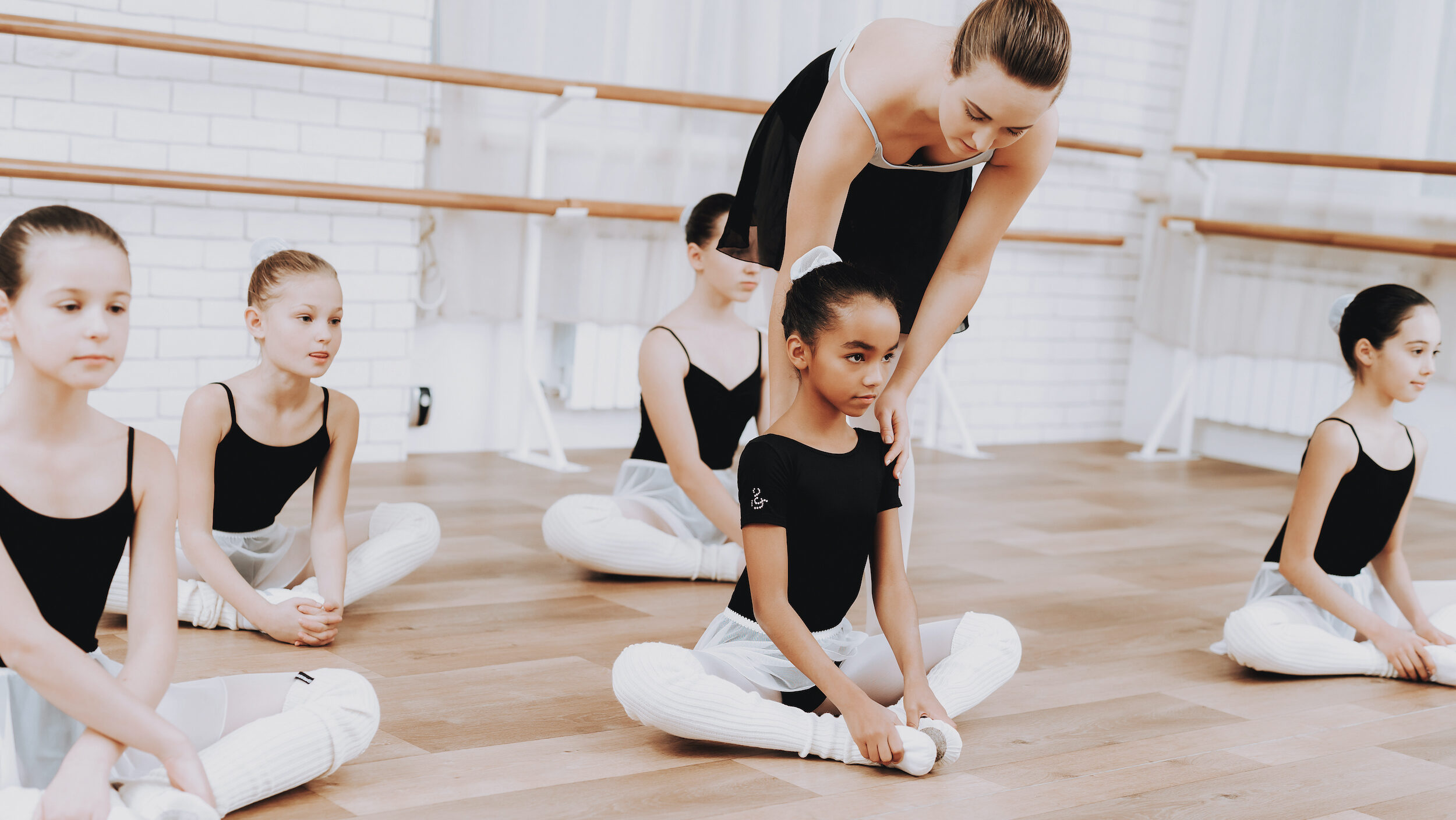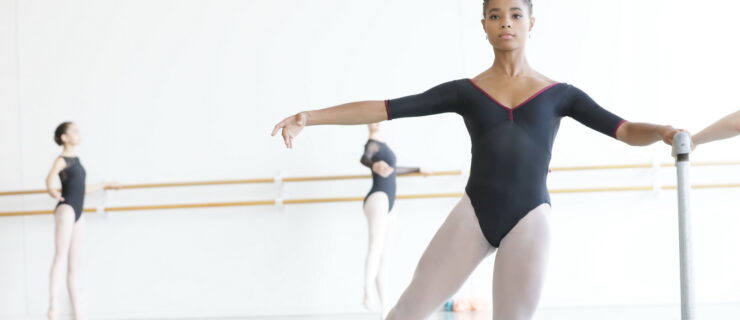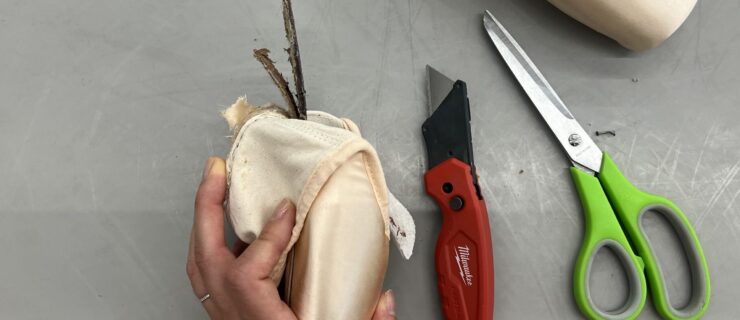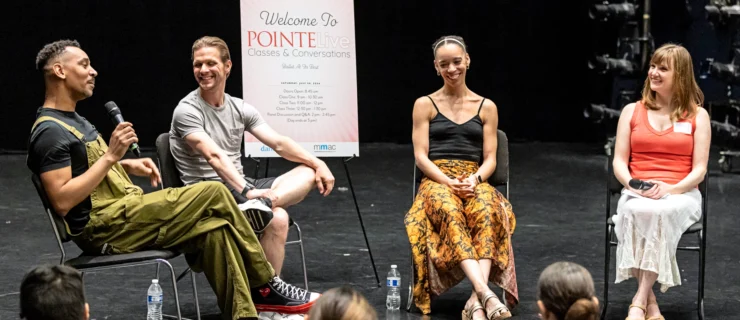How Studying Pedagogy Can Lift Your Dancing and Your Career
Morgan Sanborn knew she wanted to join a ballet company. But it wasn’t until she attended a pedagogy lecture-demonstration at American Ballet Theatre’s Collegiate Summer Intensive that she realized that getting certified in ABT’s National Training Curriculum could enhance her dance career. After two seasons of dancing professionally, Sanborn completed ABT’s Primary-Level 3 teacher training certificate to help her feel more confident in her teaching. Now, over a decade later, she is certified all the way up to Level 5 and is an ABT NTC Fellow. “Being exposed to pedagogy has allowed me to dance for multiple regional companies, while financially supplementing my performing career through teaching,” says Sanborn, who currently dances with City Ballet of Boston and Safe Haven Ballet, in addition to freelancing, and is also the founder and director of Dirigo Conservatory of Movement.


Pedagogy might be the last thing on the mind of young dancers embarking on a stage career. But this skill set can be incredibly valuable. Pointe interviewed a variety of pedagogy experts, with experience both in the studio and onstage, on why dancers should start focusing on pedagogy sooner rather than later, whether they teach or perform.
Pedagogy Can Spark Technique Breakthroughs
Pedagogy, at its core, is the study of how to teach ballet. However, Gretchen Vogelzang, artistic director of the Greater Washington Dance Center, explains that it’s actually a bit more involved than that. “[Strategizing] how to teach the steps so that the dancer can execute them properly is what pedagogy is truly about,” Vogelzang says. That includes “understanding which steps come first, how those steps are properly taught, how to adapt the teaching approach for different age groups,” plus other core skills like class management and time management.
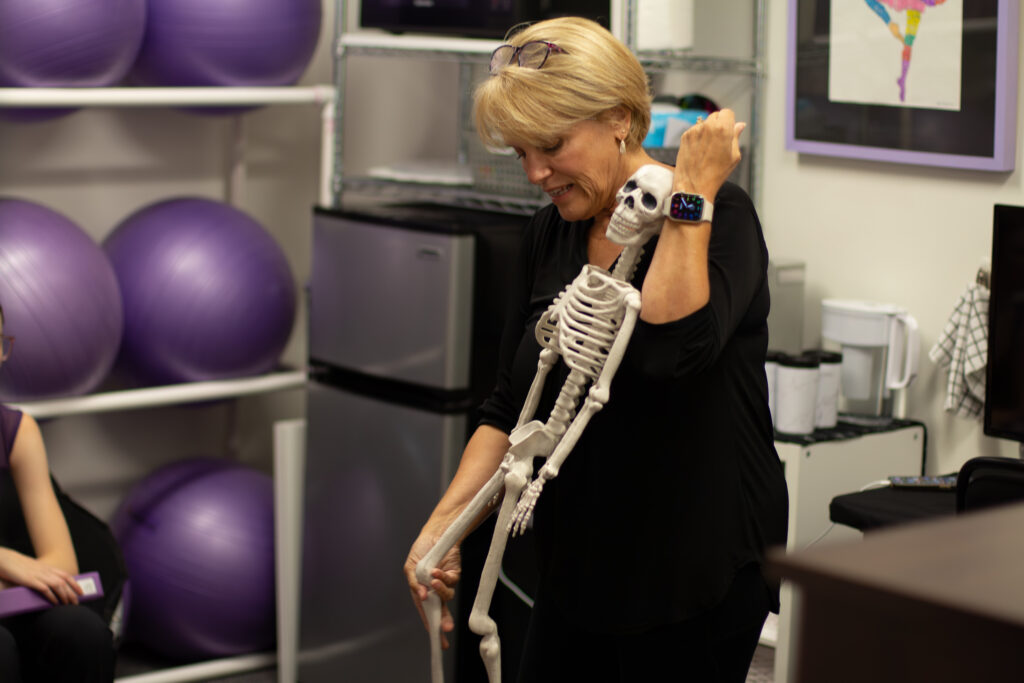
Vogelzang is so passionate about preparing young dancers to teach that she’s developed a two-year pedagogy program for pre-professional students at her studio. “We actually go through anatomy and kinesiology, so they learn proper alignment and what muscles are where and what actions those muscles perform.” Vogelzang says that this thorough understanding of how to teach a step, and what anatomical parts are used to execute that movement, means her students will not only be better teachers, but more intelligent dancers.
Dayna Fox, who teaches ballet at the University of North Carolina School of the Arts’ high school and undergraduate programs (including 12 years of teaching an undergraduate pedagogy course), says she wishes she could have used what she’s learned as a pedagogue in her performance career. “As a dancer, I was always scared to death of doing adagio work. But I tell my pedagogy students that if I had known what I know about ballet now, I wouldn’t have been scared of adagio, because I’ve come to realize it’s the first time in class you get to express yourself and think about the connection to the steps,” Fox says. These technique breakthroughs are common when teaching. “In my pedagogy classes, I’m training my students to look for common mistakes children and beginners might make, but oftentimes they begin to look for some of these mistakes in their own dancing,” says Fox. This awareness helps initiate the process of self-analyzing, which Fox says will not only help improve technique but also help prevent injuries.
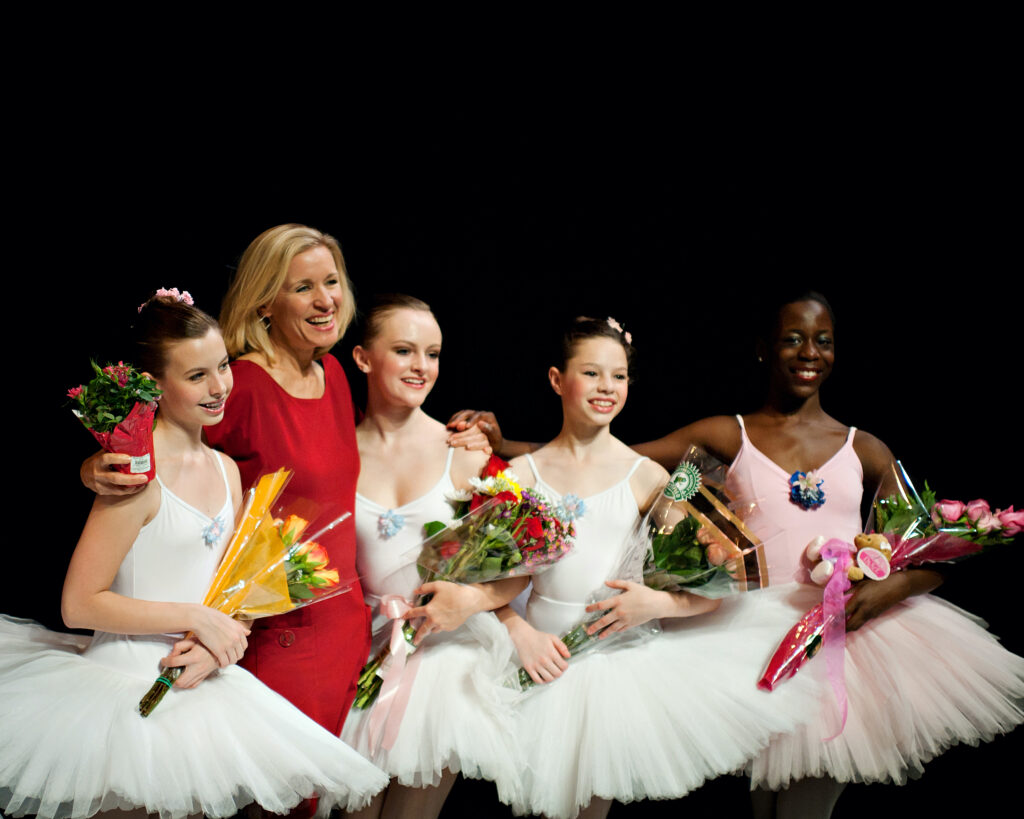
Sanborn says she credits her pedagogy certifications for “giving her the tools to fill in the gaps” in her own training, as well as navigate the professional ballet world more effectively. “After completing my certification, my technique changed drastically,” Sanborn says. “Not only did I feel like I understood my body more, but the way I took class changed completely.”
Pedagogy Opens Doors
Knowing how to teach ballet can also empower dancers in their professional relationships and open doors to new opportunities and roles within a company. “Many times, experienced dancers are thrown into a rehearsal to teach repertoire to newer dancers or their partner, and this ability to communicate well, explain details, and cue others properly, along with the knowledge of how to create, may lead to other leadership or even choreographic opportunities,” Sanborn says.
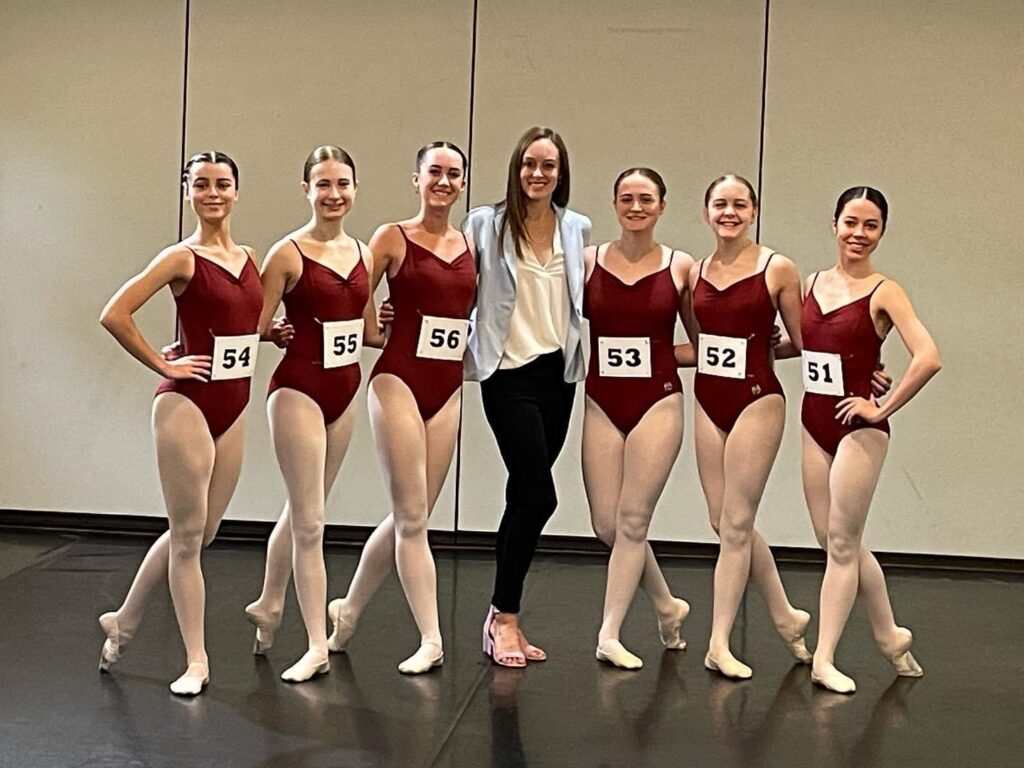
Fortunately, there are many pathways for dancers who want to explore ballet pedagogy. From online programs—like those offered by the National Dance Education Organization and the International Dance Teaching Standards—to in-person workshops hosted by companies such as ABT and Central Pennsylvania Youth Ballet, dancers at various stages in their careers can find opportunities to develop their teaching skills. Many university dance programs, including Point Park University, New York University, The University of Utah, and UNCSA, offer pedagogy courses.
For younger dancers, or those who may not have the financial means for formal training, shadowing a respected teacher at their local studio can be a valuable and accessible alternative. Vogelzang encourages dancers to research the background and qualifications of teachers they might consider as potential mentors to ensure they are receiving accurate and up-to-date guidance. “Getting thorough and proper pedagogy training enhances your marketable skills as a dance teacher and can provide additional financial stability to a professional ballet career,” Vogelzang says. “It’s the leg up that can really augment a dancer’s success.”
